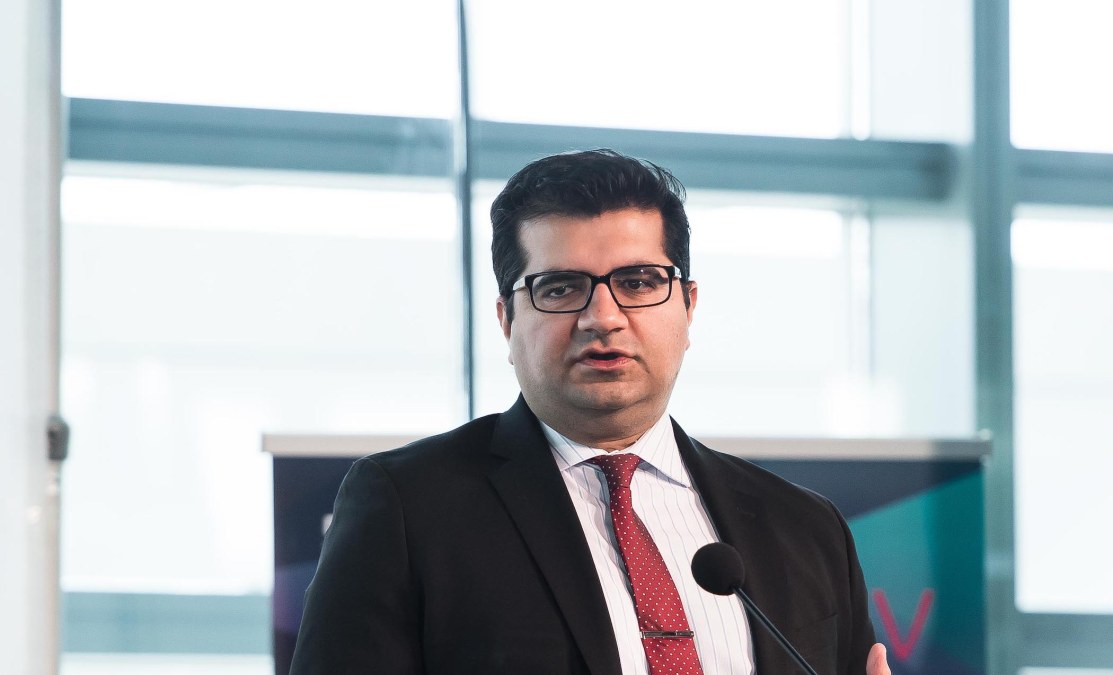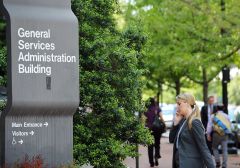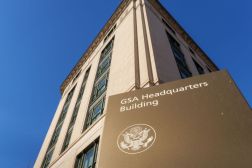GSA planning to lend tech, acquisition expertise to support scaling TMF

General Services Administration officials anticipate lending technology and acquisition expertise to agencies modernizing IT using the more than $1 billion in funds allocated within the American Rescue Plan Act.
GSA holds weekly meetings with the Office of Management and Budget, U.S. Digital Service, Cybersecurity and Infrastructure Security Agency, federal chief information officers, and industry to discuss the $1 billion added to the Technology Modernization Fund (TMF) and $150 million to the Federal Citizen Services Fund (FCSF).
The TMF is a central pot of appropriations that agencies can apply for to fund impactful modernization projects under the stipulation that they’ll pay it back within five years. The FCSF, on the other hand, is an internal GSA fund that TTS can use to support interagency digital services initiatives.
While process improvements streamlining how that money is distributed to agencies will be determined in the coming weeks and months, the news that GSA teams like Technology Transformation Services and 18F will offer assistance should assuage tech companies that demanded as much in a letter last month.
“If we can be of service along the way — whether it’s through our technology expertise, whether it’s through our acquisition expertise, whether it’s through our thought leadership in certain areas,” Sonny Hashmi, commissioner of the Federal Acquisition Service, told FedScoop in an exclusive interview. “We will be available as a resource for those agencies to tap into in the most frictionless way possible.”
TTS is working with the TMF Board to bring in the right people, potentially from the Centers of Excellence and Presidential Innovation Fellows programs, said Dave Zvenyach, the TTS’s director and deputy federal acquisition commissioner.
Adding the right capabilities and skills to the evaluation side of investments is a priority, Hashmi said.
“We have to figure out our org chart behind the scenes and work with our agencies in all the many different ways that we can,” he added. “Because that has been a challenge historically that I think we have the ability to overcome.”
In addition to improving the way investments are made, government is reconsidering agency repayment requirements and how to hold projects accountable for the way funds are spent to “make the most good happen as quickly as possible,” Hashmi said.
GSA’s 10x program has had great success expanding Login.gov entity verification across government on a smaller budget than the TMF and FCSF have now, Zvenyach said.
He categorizes the uses of new funds in three ways: recovery tied to the COVID-19 pandemic, economy, racial inequity and climate change; rebuilding government services; and reimagining digital services delivery — all of which offer high-impact opportunities for investments.
“Some of them are going to be duds,” Zvenyach said. “But some of them are going to be home runs.”
Both officials declined to name specific initiatives that will likely receive TMF funds citing the many stakeholders involved in those decisions. But possibilities include immediate, tactical investments in cybersecurity in response to last year’s SolarWinds hack, new shared services, and specific systems helping people find COVID-19 vaccinations, vote or receive Social Security benefits, Hashmi said.
GSA is assisting the Small Business Administration with baking fraud detection into its loan application systems, which may have doled out as much as $105.4 billion in COVID-19 relief money to fraudsters.
“There are a range of specific initiatives we’re looking at,” Zvenyach said. “Everything from [the Federal Risk and Authorization Management Program] to improving forms and digitizing paper-based services.”
Another factor in all of this is President Biden’s appointment of Clare Martorana as federal CIO last month. Martorana‘s experience with IT modernization as CIO of the Office of Personnel Management and, before that, at USDS bodes well for projects reimagining digital and shared services.
“She brings a wealth of knowledge and experience,” Hashmi said. “And new thinking around how the TMF can actually be used as an investment fund to change things at a much greater scale, across multiple agencies.”






